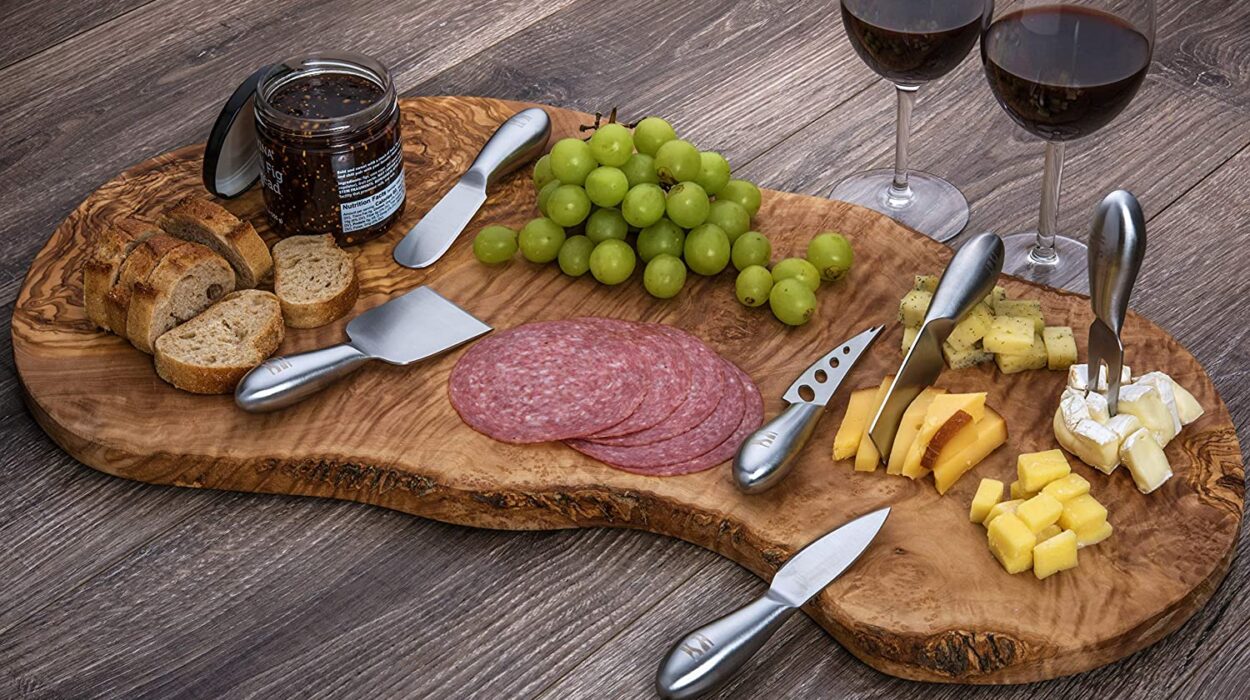Accidents in the kitchen are bound to happen, especially when working with sharp tools. One common mishap professionals and home cooks face is knife cuts. Knowing how to treat knife cut properly is not only critical for hygiene but also for prompt healing. Whether you’re slicing vegetables or deboning meat, accidents can occur in an instant. This guide provides detailed steps to manage various types of knife injuries and ensure you’re back on your feet, with safety in mind.
Understanding the correct steps for treating knife wounds is crucial for both health and confidence in the kitchen. The following advice is drawn from years of experience and medical best practices to help you handle these situations with ease.

1. Assess the Severity of the Cut
The first step in how to treat knife cut is to assess the injury. Cuts can range from minor nicks to deep wounds. Identifying the depth and location of the wound is vital for taking the correct action. For minor cuts, you can treat them at home, but deeper or more painful cuts may require professional medical attention.
Signs of a Minor Cut
- The cut is shallow and not bleeding heavily.
- No signs of tissue damage or gaping.
- Bleeding stops after a few minutes of pressure.
When to Seek Medical Attention
- If the cut is deep and continues to bleed after applying pressure for 1015 minutes.
- Signs of nerve, tendon, or muscle damage are visible.
- The wound is on areas like face or neck that require precise healing.
2. Clean the Wound Thoroughly
Proper cleaning is a critical step in how to treat knife cut. Start by washing your hands with soap to avoid transferring bacteria. If possible, wear gloves for added protection.
Steps for Cleaning
- Rinse the wound under cool, running water to flush out debris.
- Gently clean the area with soap and avoid scrubbing the wound directly.
- Pat the area dry using a clean paper towel or a soft cloth.
3. Stop the Bleeding
Stopping the bleeding quickly is a major concern when discussing how to treat knife cut. Use direct pressure to help the blood clot and minimize loss.
How to Apply Pressure
- Use a sterile gauze or clean cloth to cover the wound.
- Press down firmly but gently to prevent further tissue damage.
- Elevate the injured limb above heart level if possible.
4. Apply an Antiseptic
Once the bleeding stops, its time to apply an antiseptic to protect the wound from infection. Antibacterial ointments or over-the-counter products work well. This step should never be skipped, as even small cuts can lead to infections if not treated properly.
5. Bandage the Wound
Keeping the injured area covered is another key aspect in how to treat knife cut. A bandage not only prevents dirt from entering, but it also absorbs any ongoing blood seepage.
Choosing the Right Bandage
- For small cuts, adhesive bandages work fine.
- Larger wounds may require gauze and medical tape.
- Ensure the bandage isn’t too tight to prevent proper blood circulation.
6. Recognize the Signs of Infection
Even after taking all the necessary steps, monitoring the wound for infection is essential. Key indicators such as redness, swelling, or pus suggest you may need medical attention.
Preventative Measures
- Wash the wound daily and replace the bandage as needed.
- Avoid touching the wound without clean hands.
- Use antibiotic ointments regularly.
7. Special Considerations for Kitchen Professionals
If you work as a chef or in another culinary profession, avoiding knife injuries should be a priority. Investing in proper knife skills and safety techniques is invaluable.
Learn more about knife cutting methods to reduce mistakes during work. Proper tools and techniques will always spare you unnecessary troubles.
8. When to Replace a Bandage
Understanding how often to replace the bandage is vital for healingit should be changed daily or as it becomes wet or dirty.
Quick Reminder
Always replace the bandage in a clean area and follow earlier cleaning steps to keep bacteria at bay.
9. Incorporating Prevention Measures
Prevention is undeniably better than cure. Sharpen your knife skills with guidance from sources like basic knife skills to avoid accidents in the first place.

FAQ Section
What can I do for a deep knife cut?
A deep knife cut needs immediate pressure to stop the bleeding, followed by medical care if the wound is severe or doesn’t stop bleeding.
How long does it take for a knife cut to heal?
Minor cuts generally heal within a week. Deeper cuts may require weeks of care and should stay under observation for signs of infection.
Should I keep a knife cut dry?
Initially, keeping the wound dry helps in faster clotting. However, regular cleaning with water is essential to prevent infections.
What can I use to avoid knife cuts during cooking?
Wearing cut-resistant gloves and maintaining proper knife maintenance can significantly reduce the chances of injury.
For additional tips on vegetable chopping and more, explore vegetable knife techniques.
Surround yourself with knowledge and ensure safety by practicing proven methods. For more cooking guidance, refer to this knife guide.
This article contains affiliate links. We may earn a commission at no extra cost to you.


